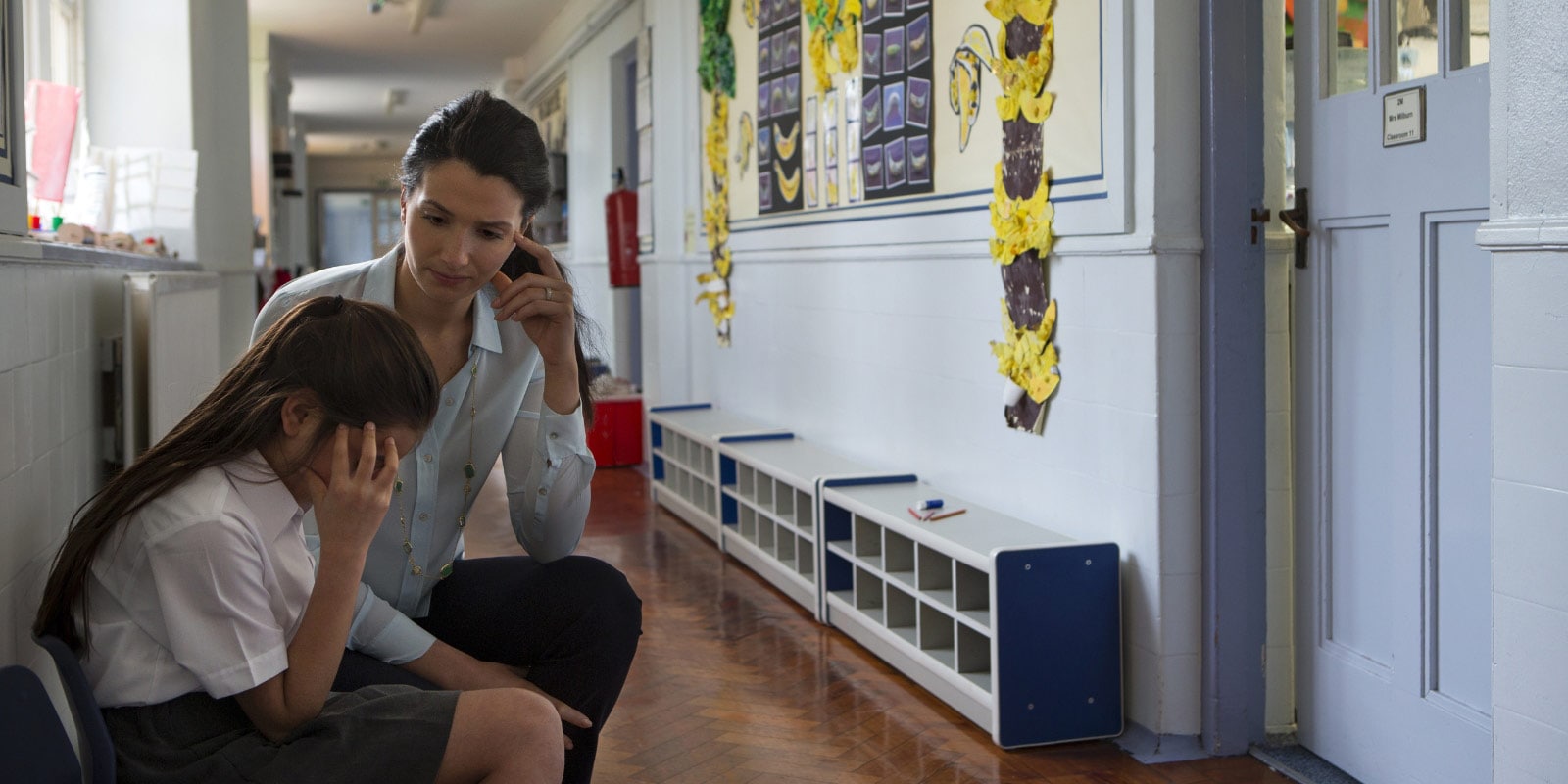Take Advantage of “Nature’s Therapy” Through Outdoor Mental Wellness
by Natalie Barnard, Educational Diagnostician and Assessment Consultant at Pearson

We all know the rejuvenating effect of stepping into the warm sunshine and breathing deeply. There’s something about being outside that just makes us feel refreshed and inspired — and there’s no better time than spring for educators and students alike to take a welcome respite from the confines of the classroom (and the ubiquity of screens) to embrace outdoor education.
The great news is that being outside doesn’t just feel good; it’s also good for us. That’s why spending time outside should be an integral part of a school’s or district’s comprehensive approach to holistic student health.
Here are some tips for getting your class out of the classroom and taking advantage of nature’s nurturing power.
Read more


